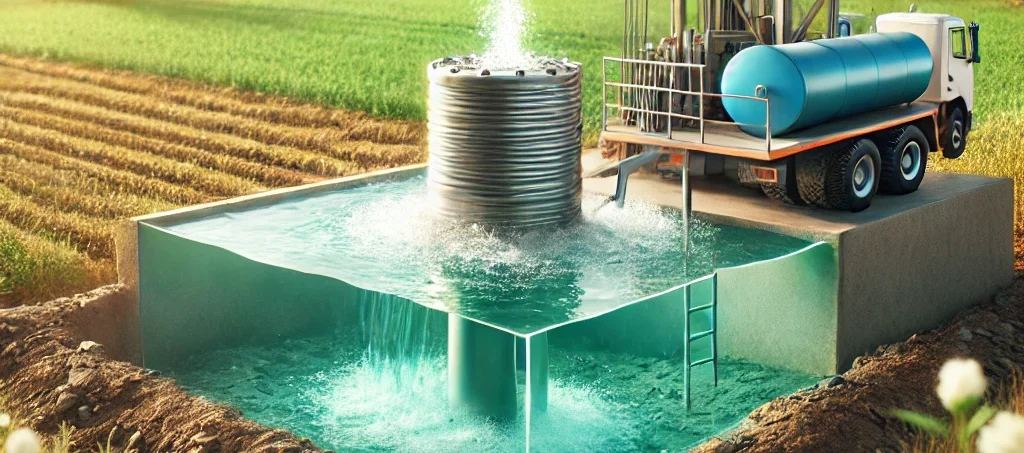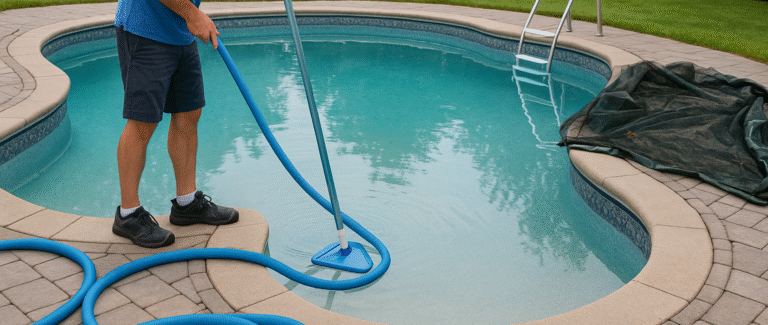Introduction to Sustainable Water Access
As populations grow, the demand for reliable, clean water increases. Sustainable water access is vital to meet this demand while conserving natural resources. Water drilling plays a key role in enabling communities to access groundwater resources efficiently. By tapping into underground water reserves, water drilling supports sustainable development and minimizes the environmental footprint.
Water drilling is not just about locating water; it’s about securing a resource essential for daily life. Safe and effective water drilling solutions help provide water for agriculture, household needs, and industry. A sustainable approach to water drilling can create long-lasting solutions for communities worldwide, ensuring they have access to the water they need.
Understanding the Water Drilling Process
Water drilling involves creating a well to extract groundwater from deep aquifers. It requires specific equipment and expertise to drill into the earth, locate the water source, and safely bring it to the surface. Modern drilling methods utilize advanced technology for precision and efficiency. This is essential for reaching aquifers that lie hundreds of meters underground.
Before drilling begins, specialists assess the site to understand the geology and water availability. Drilling then starts, and the well is cased to protect the water from contamination. Finally, a pump system is installed to transport the water from the aquifer to the surface. These steps are crucial for ensuring safe and reliable water access.
Companies like mackinnonwatersundridge.com offer specialized services in water drilling, utilizing state-of-the-art equipment to meet sustainable water access goals. Their expertise ensures that wells are constructed to last and provide a steady water supply over time.
The Environmental Benefits of Groundwater Drilling
Accessing groundwater through drilling has several environmental benefits. Unlike surface water, groundwater is less vulnerable to seasonal changes and pollution. This makes it a more stable and reliable water source, particularly in regions with scarce water resources.
Drilled wells require minimal surface disruption, reducing the environmental impact compared to surface water projects like reservoirs. By using groundwater, communities can reduce reliance on rivers and lakes, which often face depletion and contamination. Well-managed groundwater extraction helps balance natural water systems and protects ecosystems.
Water Drilling and Sustainable Agriculture
Agriculture is one of the largest consumers of freshwater worldwide. In arid regions, farmers rely heavily on groundwater to sustain their crops. Water drilling provides a practical solution by tapping into underground reserves, ensuring crops receive water even during droughts.
With drilled wells, farmers can create irrigation systems that provide consistent water flow, enhancing crop yields and food security. Sustainable water drilling practices also support water conservation by minimizing surface water extraction and encouraging responsible water usage. Drilling for agricultural purposes is a solution that promotes resilience in the face of climate change and unpredictable weather patterns.
Supporting Community Health and Livelihoods
In many rural areas, access to clean water is a challenge. Communities often have to travel long distances to collect water from rivers or other sources, which may not be safe for consumption. Water drilling brings water closer to these communities, improving health, sanitation, and overall quality of life.
With local wells, families can access water easily, reducing the time and effort spent on water collection. Clean water reduces the risk of waterborne diseases, significantly improving public health. Sustainable water drilling initiatives empower communities by giving them the resources they need to thrive.
The Future of Water Drilling Technology
Technological advancements in water drilling are enhancing sustainability and efficiency. Modern drilling equipment allows for faster, more precise drilling with reduced energy consumption. New methods also help in monitoring aquifer levels, enabling sustainable water extraction without depleting resources.
Innovation in solar-powered water pumps is another positive development, offering an energy-efficient way to draw water from drilled wells. Solar pumps reduce dependence on fossil fuels and ensure that communities in remote areas have reliable water access. As technology evolves, water drilling becomes an even more viable solution for sustainable water access.
Conclusion: Drilling for a Sustainable Future
Water drilling is a critical tool for sustainable water access, offering communities a dependable water source that supports health, agriculture, and environmental conservation. By harnessing groundwater through careful and efficient drilling practices, communities can ensure a sustainable water supply that aligns with conservation efforts. With continued technological innovation and responsible practices, water drilling will remain essential in the journey toward global water sustainability.




